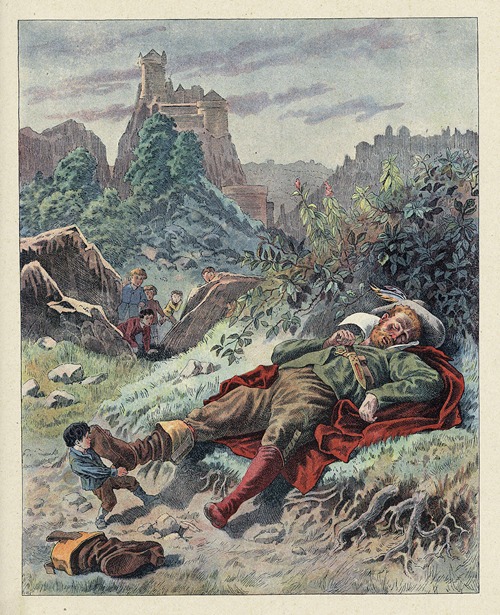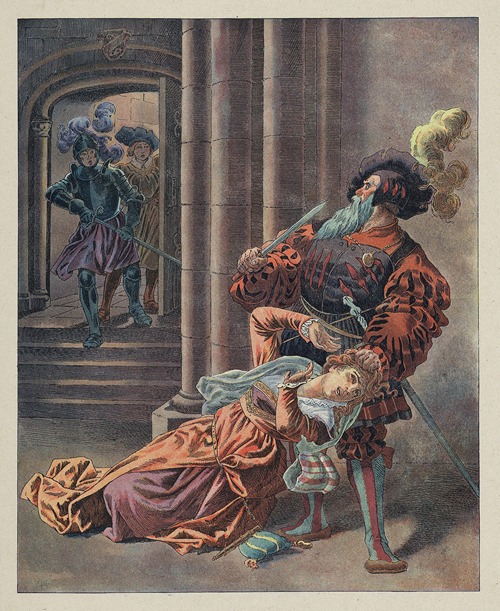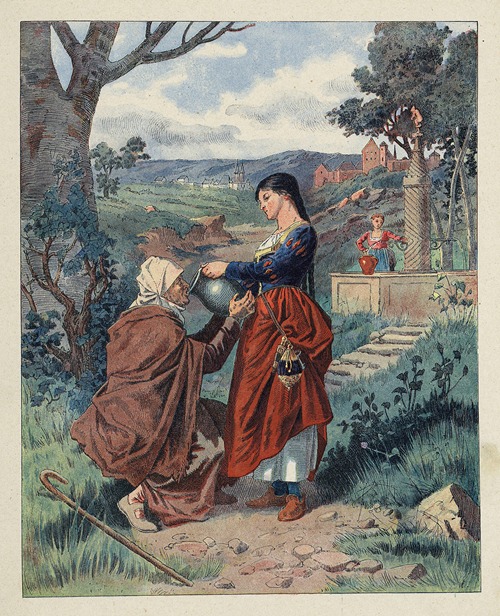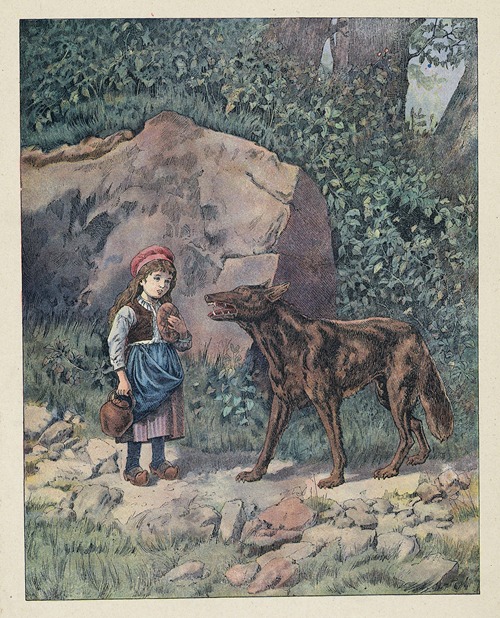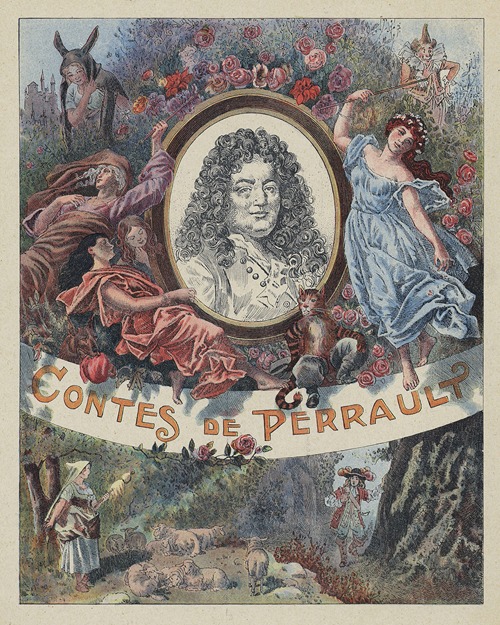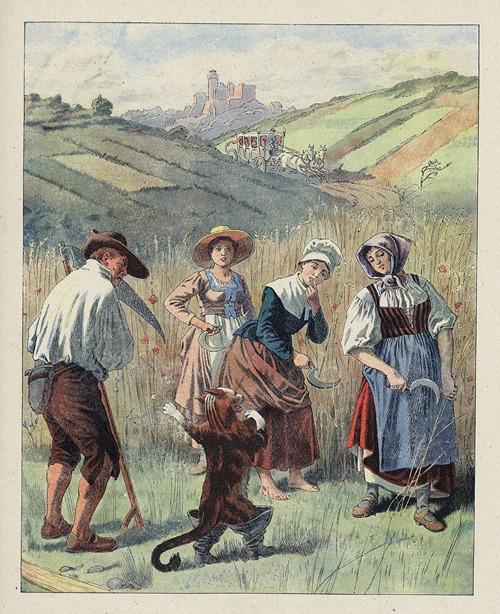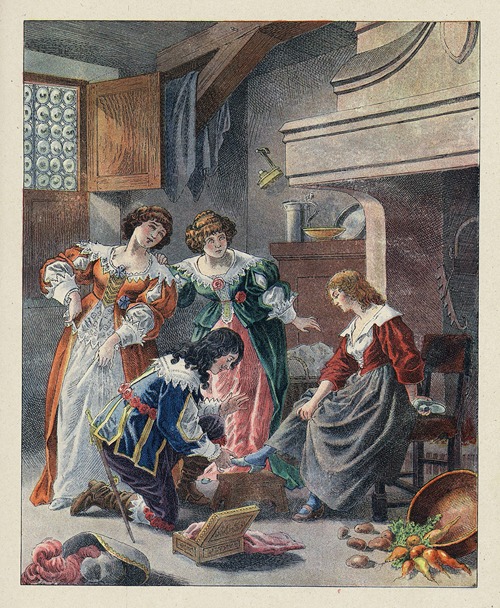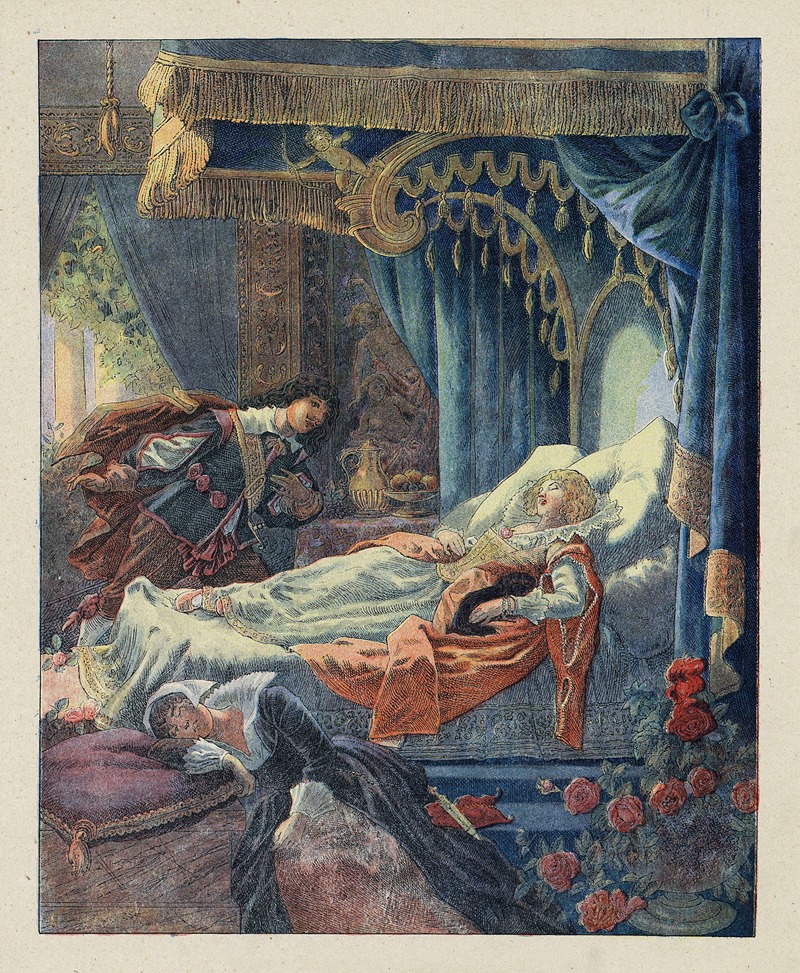
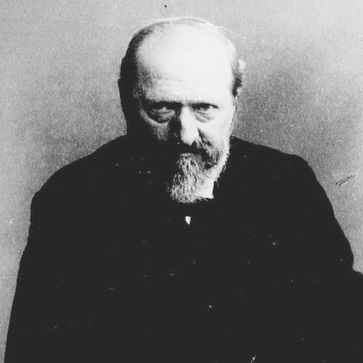
Frédéric-Théodore Lix was a French painter, illustrator and lithographer.
Frédéric-Théodore Lix was the son of Frédéric-Jacques Lix (1804-1866), the commander responsible for organizing the fire department in Alsace, for which he was awarded the Légion d'honneur.
In Strasbourg, he was trained in drawing by Gabriel-Christophe Guérin, along with Gustave Jundt and Alfred Touchemolin, who became his friends. Then, from April 1848, young Lix entered the École des Beaux-Arts de Paris, introduced by Michel Martin Drolling, whose classes he followed, as well as those of François Victor Eloi Biennourry. He made friends with Paul Baudry, Jules Breton and Jean-Jacques Henner. He twice tried to win the Prix de Rome, but for lack of funds, gave up and offered drawings to publishers of periodicals such as Le Monde illustré, Musée des familles, L'Illustration, Le Tour du monde, Le Petit Journal, Le Magasin pittoresque and Le Grand Messager boiteux de Strasbourg.
He exhibited at the Paris Salon from 1857, his first painting being La Récolte du houblon en Alsace. Lix exhibited regularly at the Salon from 1859 to 1883. From 1871, after the annexation of Alsace, he exhibited paintings with patriotic motifs, including L'Adieu à la Patrie (1872).
His teachers included Charles-Émile Matthis and Alexandre Ferdinandus.
An Alsatian regionalist painter as well as a portraitist, he painted realistic country scenes. He also tackled the field of history and religious painting, with scenes often taken from the history of Alsace. Théodore Lix used a wide range of techniques, including pencil drawing, color, pen and wash, sanguine, etching, lithography, gouache, watercolor and oil painting.
He died at his home, 11 rue Boissonnade in the 14th arrondissement of Paris, on February 24, 1897.
He is buried in the Montparnasse cemetery (division 6), and his studio was sold in June 1897.
